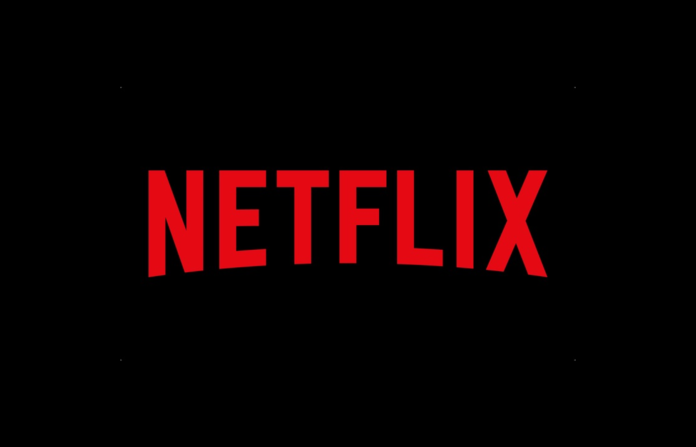In Netflix’s Argentinian sci-fi series “The Eternaut” or “El Eternauta,” the company used generative AI to bring a scene to life onscreen — specifically, a building collapsing.
This marks the first time generative AI footage has been directly embedded in a Netflix original production, signaling a notable shift in how AI is applied. Generative AI is no longer limited to planning stages or pre-visualization — it is now actively shaping what appears onscreen and influencing the storytelling process.
Not just cheaper… but also better?
Netflix co-CEO Ted Sarandos reportedly told financial analysts last week that the single scene was completed “ten times faster than it could have been completed with traditional VFX tools and workflows.” He added that the sequence would not have been feasible within the show’s budget without generative AI assistance.
AI remains controversial across Hollywood. The SAG-AFTRA strike in 2023 drew attention to mounting concerns about copyright issues, the preservation of creative integrity, and potential job displacement. Actor and filmmaker Tyler Perry even paused an $800 million studio expansion, citing the unpredictable pace of AI advancements.
Yet Sarandos frames AI not only as a cost-saving mechanism but as a creative force multiplier.
“We remain convinced that AI represents an incredible opportunity to help creators make films and series better, not just cheaper,” Sarandos said as quoted by The Hollywood Reporter.
He emphasized the role of human artistry alongside AI tools, describing the process as “real people doing real work with better tools.” In the case of “The Eternaut,” that meant equipping an entirely Argentinian cast and crew with capabilities normally reserved for major Hollywood productions.
What’s next for AI and visual effects?
Generative AI platforms like OpenAI’s Sora are increasingly being adopted by visual effects professionals, offering faster and more flexible tools for complex production needs.
“AI definitely opens the gate to allow smaller studios to achieve big budget-looking visuals,” Davier Yoon, co-founder of Singapore animation studio CraveFX, told the BBC. He added, “Ultimately, it is the artist who decides what is in the final image, not AI.”
That distinction — AI as a tool, not the artist — is where many in the industry are planting their flag. But the pace is picking up. With Netflix’s public embrace of generative AI, the line between what’s possible and what’s affordable continues to blur.
In the end, the question may not be whether AI should be used but how. Because as Sarandos puts it, “these tools are helping creators expand the possibilities of storytelling on screen, and that is endlessly exciting.”
Not sure what to watch on Netflix next? Ask its conversational AI.
